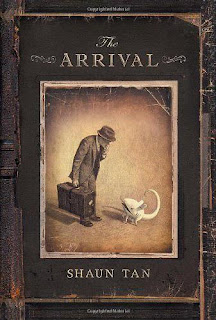By only looking at the cover alone, it seems that this is just a dull, even naive comic novel. The first book is a pair of humanoid mice, and the second book is a group of mice that wears blue and white striped clothes, blue striped hats. The black and shiny big eyes may look cute.
However, the Nazi flag behind them is very depressed.
The cover of the books has been carefully designed. Before I recovered from the cover, I opened the second page, and the black and white image shook my heart. Even if I didn't read the content, I was impressed by the expressionless faces. I think I can’t feel the same as the survivors from the Holocaust.
The medium of Maus is comic. The author draws various animals to represent people from different countries. Germans are cats, Jews are mice, Poles are pigs, Americans are dogs, French are Frogs, British are fish, and Gypsies are moths. The faces of these animals are interchangeable, highlighting that the absurdity of assessing people by race.
There were not only Jews and Poles in the concentration camp but also many Germans. It emphasizes that the Holocaust is not just a shame of Germans or a disaster for Jewish, but also a disgrace and disaster for all humanity.
Maus reminds me a poem written by Martin Niemoller:
First they came for the socialists, and I did not speak out—
Because I was not a socialist.
Then they came for the trade unionists, and I did not speak out—
Because I was not a trade unionist.
Then they came for the Jews, and I did not speak out—
Because I was not a Jew.
Then they came for me—and there was no one left to speak for me.

